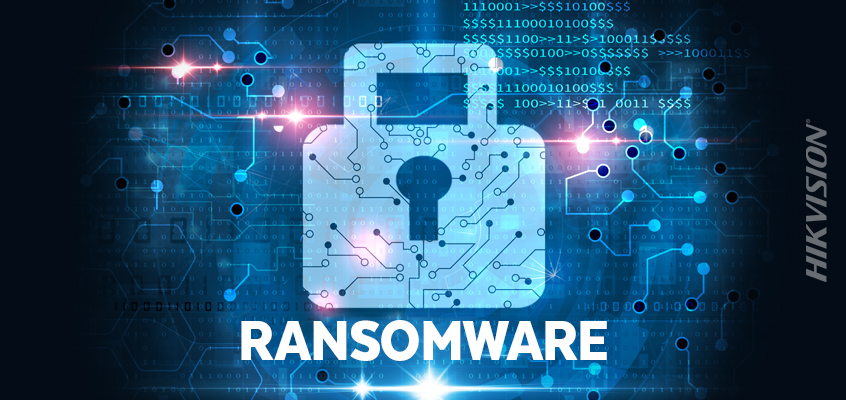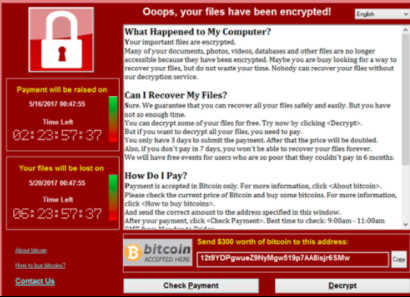Microsoft Warns of Android Ransomware Vulnerability, Hikvision Senior Director of Cybersecurity on 4 Tips to Avoid Ransomware

Hikvision aims to provide timely news related to the latest cyber threats. In today’s blog, Hikvision Senior Director of Cybersecurity, Chuck Davis, will overview ransomware, detail a ransomware Android vulnerability, and provide tips to help you avoid becoming a victim to this threat.
What is Ransomware?
Ransomware is a diabolical form of malware that is silently installed on someone’s computer after they fall for a phishing attack. You won’t know that your computer is infected with ransomware until it is too late.
Ransomware quietly encrypts all of the files and folders on your computer, and any data on connected USB or mounted shared drives, and then uploads the decryption key to the threat actor who tricked you into installing the ransomware. You will then see a screen show up on your computer that informs you that your data is encrypted. To get the key to decrypt your files, you have to pay a ransom to the threat actor.
Ransoms are often hundreds or thousands of U.S. dollars and are collected in Bitcoin so it is difficult to trace. The good news is, if you have a good data backup, you can ignore the ransom and reinstall your operating system and restore your files. While ransomware is evil, it did give us one thing, we can now put a dollar value on backups. In addition to your time, a good and timely backup is worth at least hundreds, if not thousands, of dollars.

Microsoft Warns of Android Ransomware
Mobile ransomware is not new, but Microsoft recently wrote about a “piece of a particularly sophisticated Android ransomware with novel techniques and behavior, exemplifying the rapid evolution of mobile threats that we have also observed on other platforms.”
As with most Android ransomware, this ransomware doesn’t actually encrypt the files. Instead, it locks the mobile device screen with a ransom note so the device becomes unusable. “Once installed, the ransomware takes over the phone's screen and prevents the user from dismissing the ransom note — which is designed to look like a message from local law enforcement telling users they committed a crime and need to pay a fine”, reported ZDNet.
4 Tips to Avoid Ransomware
Ransomware is a rapidly growing problem that we see impacting servers, desktops and mobile devices in homes, businesses, and governments. Below are several tips to help you avoid becoming a victim to it.
- Data Backups: The first and most important thing that you can do is to back up your devices. Check out the Hikvision article on data backups.
- Patching: Patches are updates to a computer program or its data that improve or fix it. By installing patches as soon as they are released or setting automatic patching where available, you can keep your system up to date.
- Multi-Factor Authentication (MFA): Enable MFA where available to better protect your accounts and devices. This also protects against credential stuffing attacks.
- Use a Password Manager: Using a password management tool can help you create strong, unique passwords for every account. A password manager is a software tool that is used to store all of your passwords in an encrypted file so that you, and no one else, have very easy access to them, helping to minimize security concerns.
For more tips, and to learn what you should do if you become the victim of a ransomware attack, read the tip sheet at staysafeonline.org. For more on cybersecurity vulnerabilities and trends, visit this Hikvision link.
